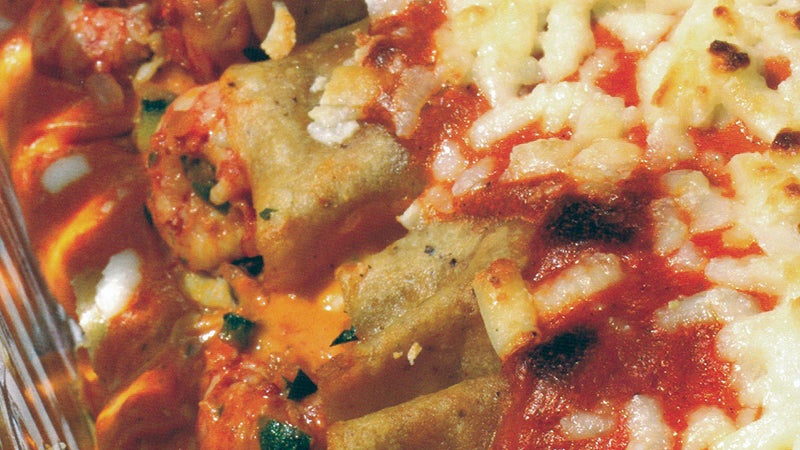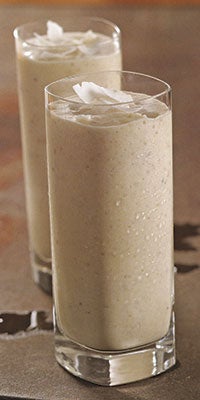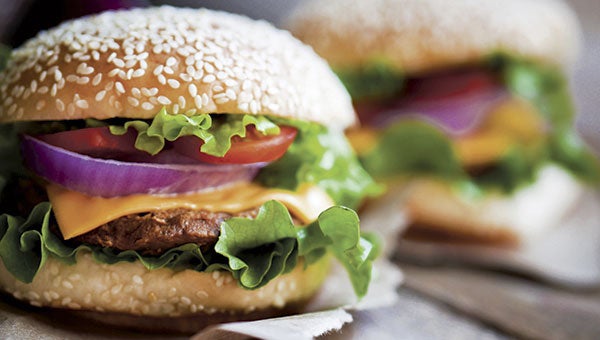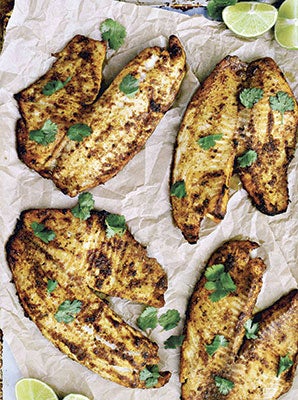Grass-fed beef has better flavor
Published 2:09 am Saturday, September 30, 2017
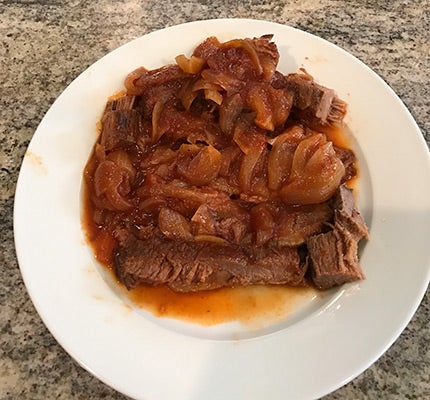
- Beer brisket is cooked slowly.
We didn’t make it to the annual Devon meeting this year—the first time in a long time. But at the time of the meeting I got the fall ‘Devon USA’ magazine.
One thing of interest was a reprint of a 1952 ‘Devon Cattle Quarterly.’ At this time we have the only Devon herd in Mississippi. I know of a couple in Louisiana and one in Alabama. But in 1950 there were Devon breeders prominently mentioned that lived in Wilkinson County as we do. Several more were mentioned in other towns in southern Mississippi and several in adjoining parishes in Louisiana.
Maybe someone remembers Sam H. Williams of Monroeville, Ala., or C.A. and James J. Cravey of Florala.
Devon almost disappeared in the United States as producers began more and more to ship to feed lots where Devon did not do well. I got in touch with Devon when searching endangered breeds.
Devon are a breed meant to be finished on grass. One article in the Devon magazine touted the health benefits of grass-fed dairy, especially milking Devon: lower amounts of the types of saturated fats that raise levels of LDL cholesterol, higher in omega-3 fatty acids, and lower in omega-6 fatty acids.
The grass-fed beef market is growing. Grass-fed beef has grown from a $5 million dollar a year industry ten years ago to a $75 million dollar industry today. I was in Baton Rouge at Whole Foods the other day and the butcher was recommending to a lady the grain finished beef as superior eating. He grudgingly admitted the health benefits of grass-finished but not the eating quality.
Not all grass-fed is finished equally and quality can vary. It’s best if you know your producer and he finishes the beef properly. That is hard to do. In Britain, Devon have long been known as the butcher’s breed. One writer called Devon as a “just look at a cake and put on weight type of girl.” It is the fat in the finished product that is not only healthy but gives the finished beef superior flavor.
While I was at Whole Foods I bought a grass-fed brisket and I usually do not cook a brisket. I know it to be tough and that it has to be cooked long. We know brisket is used for barbecue and there are so many recipes out there for barbecue. I just decided to do a simple beer brisket recipe and cook it slow. It was delicious and I can say I will cook brisket more often.
This brisket turns out so tender and juicy—no knife required.
Beer Brisket
Serves 6
Ingredients:
1 (4 pound) beef brisket, trimmed of fat
Salt to taste
1 large onion, sliced
1 (12 fluid ounce) can beer
1 tablespoon brown sugar
1 cube beef bouillon
2 tablespoons coarsely ground black pepper
2 teaspoons minced garlic
1 bay leaf
¼ teaspoon dried thyme
2 tablespoons cornstarch
2 tablespoons water
Directions:
Preheat the oven to 350 degrees F.
Season the beef brisket with salt, and place in a baking dish. Cove the entire roast with onion slices. In a medium bowl, mix together the beer, brown sugar, beef bouillon, pepper, garlic, bay leaf, and thyme. Pour over the roast. Cover with aluminum foil.
Bake for 4 hours in the preheated oven. The brisket should be fork tender. Mix together the cornstarch and water; stir into the juices in the baking dish to thicken. Remove the bay leaf. Slice and serve the meat.


